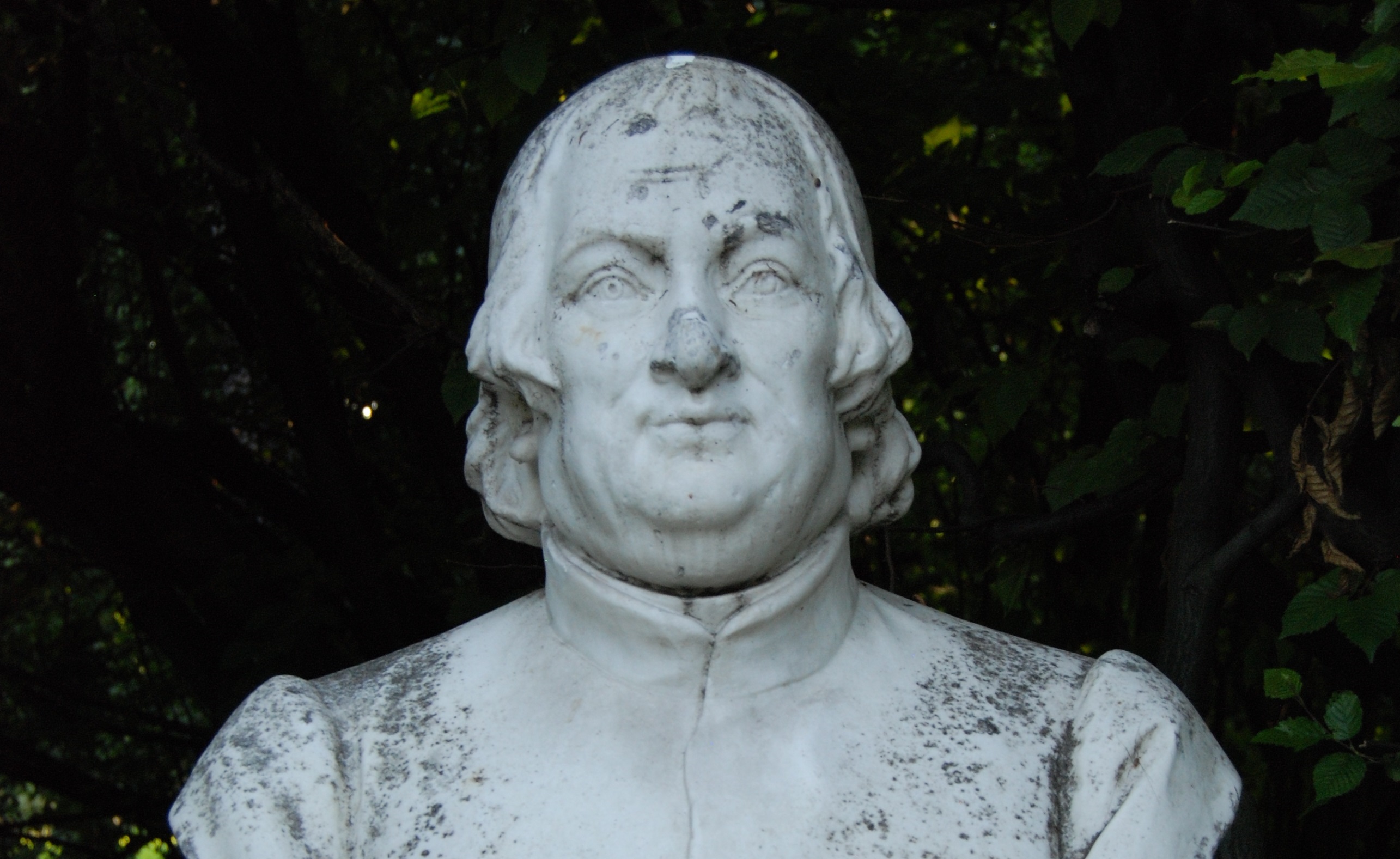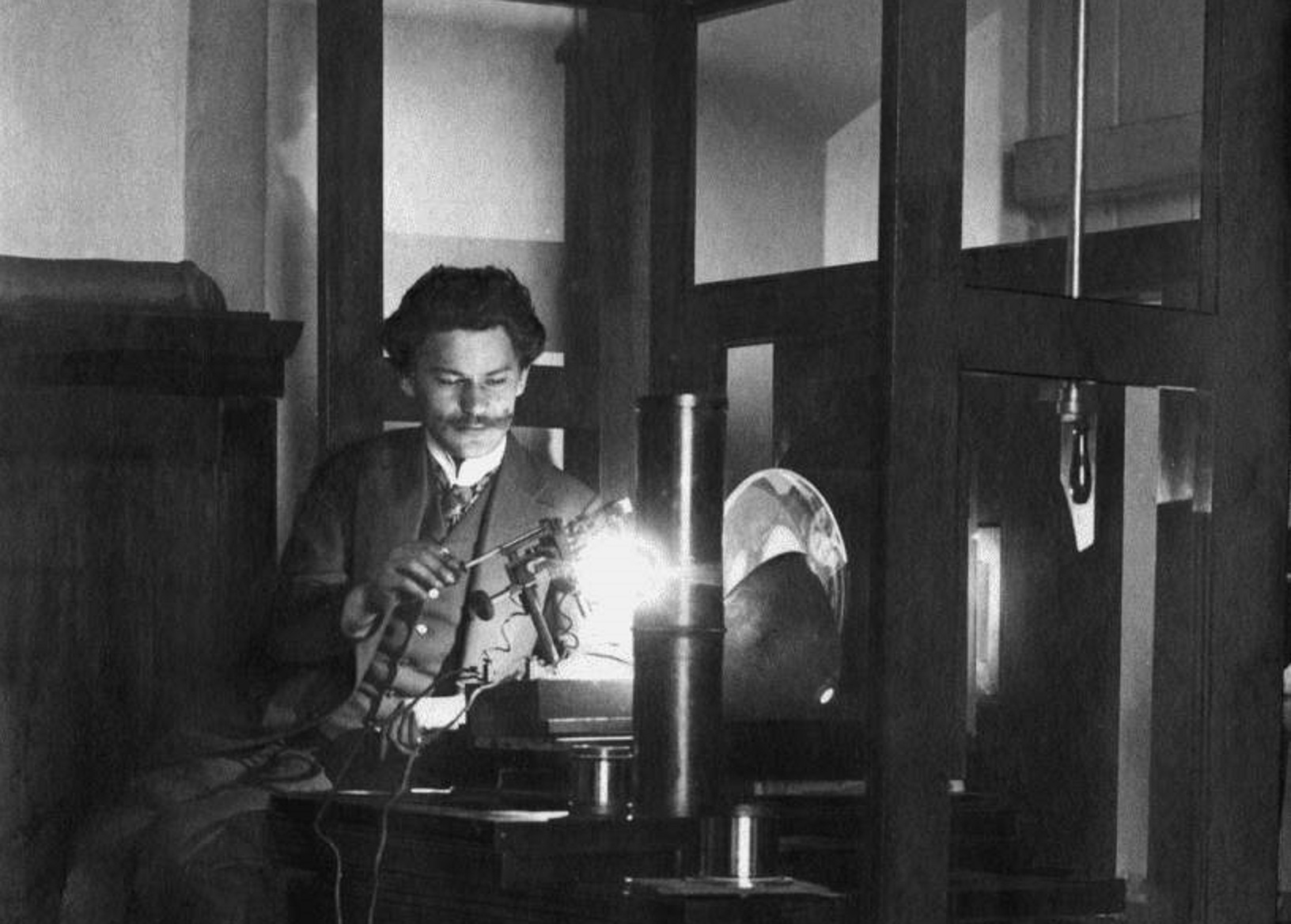While writing rhetoric textbooks, he illustrated a critique of macaronic, heavily latinized language with excerpts from his own youthful works. Acting as if he was a political scientist avant la lettre, he created the first systematic critique of the liberum veto system, advocating the introduction of the principle of majority voting in parliament of the Republic of Poland. Thus he may be compared to St. Benedict – with the caveat that he was not active in an Italy ravaged by barbarians, but in a Republic of Poland destroyed by the Northern War, impoverished and at the mercy of neighboring powers.
by Wojciech Stanisławski
“Saxon times” is a term that usually arouses a swell of emotions among those who use it. It goes back to 1697-1763 – two thirds of a century – a time marked by the reign of two Wettins on the Polish throne, Augustus II the Strong, and his son, Augustus III. It was interrupted by the election of Stanisław Leszczyński and, consequently, by the dual power in 1704–1709 and 1733–1736.
The term “Saxon times” is not, however, so much about the presence of the Wettins on the throne of the Republic. Before this, representatives of the royal or princely families of the French Valesius, Swedish Vasa and Transylvanian Batory had sat there, often very well remembered by their subjects. Thanks to a personal union with the Duchy of Saxony, the Republic of Poland was able to become familiar with the court culture of the Enlightenment (from wigs to mistresses). Just think, Johann Sebastian Bach was a subject of the Polish king! It’s just that the “Saxon times” is also a period of unprecedented devastation and impoverishment of the Republic of Poland not seen since the Tatar invasions of the 13th century. The effect of the wars between the candidates for the throne, the involvement of the country in the Northern War, and, as a consequence – many years of wars against the Swedish and Moscow armies – was the destruction of villages, cities, farmlands and trade routes, as well as decimation of the population with epidemics. Frederick II of Prussia, having obtained Polish mint stamps, flooded the Commonwealth with counterfeit coins, contributing to hyperinflation.
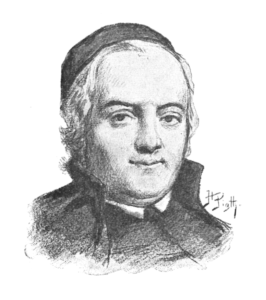
This, in turn, caused the collapse of the social fabric: the collapse of schools, publishing houses, schools of theology and the Krakow Academy (not to mention the dire fate of scholars, private teachers and artists). It also had a knock-on effect on libraries, theater troupes, and schools run by Jesuits and Piarists, which began to decline. Together with bored students, ignorant preceptors leafed through moldy and tattered textbooks that recalled the last century.
Additionally – the political system that was working so far, though less and less efficient, eventually became paralyzed. In place of the previously unstable balance between the nobility and the magnates, the latter gained a decisive advantage. Usually they used it either to subordinate the nobility, or to maintain the status quo, which allowed them to maintain their current income and prestige. The easiest way to maintain the status quo was to block reform initiatives. Thus the political custom of unanimously adopting parliamentary resolutions and the procedure that allowed even one deputy to break the parliament, referring to the formula “liberum veto”, meaning “I have the free right to disagree”, suited the situation perfectly. What was supposed to be a defensive tool for deputies against the absolutist usurpations of rulers (an obsession of 17th-century politicians) became its opposite. During the reign of Augustus III, only one of the 14 assemblies that convened every year or two came into effect. This was the source of the dramatic collapse of the Republic and could only be enjoyed by the three absolute monarchies that were growing in strength at its borders, hungry for influence, lands, customs and subjects.
If you add it all together – the cholera and plague epidemics, Moscow troops marching freely through the country and Cossack revolts, collapsing town halls and customs houses, an indecent army, towns turned into villages, and villages into cemeteries, the coexistence of splendor and poverty, rampant superstition and illiteracy – the term “Saxon times” becomes more explicit. Even the coexistence of many cultures, faiths and languages in one country, so well described by the recent Nobel Prize winner Olga Tokarczuk in the panoramic novel The Books of Jacob, does not change the fact that another word for “Saxon times” is: decline.
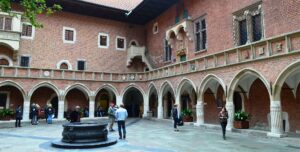
What were the possible solutions? How to break the stalemate caused by the liberum veto formula, which was mutually held in check by several magnate families in their reforming ambitions? How to reach with arguments a nobility who, taught mainly the ability to speak brilliantly, fulfilled themselves in empty orations? One of those who undertook to pull the Republic out of these muddy ruts was Stanisław Konarski, a monk of the Order of Poor Clerics Regular.
It is doubtful that he had made such plans when he began his religious career. What kind of “career” can we talk about here? The youngest of eleven children was an orphan, as both of his parents died when he was less than two years old. In 1706, Antoni Czermiński, who took care of him, sent him and his two other brothers to a Piarist school in Piotrków. After nine years of education – fifteen-year-old Hieronim – as this was his actual name before he took his vows and chose the name Stanisław – entered the Order of Pious Schools (hence the “Piarists”, from the Latin “pius”, meaning pious), an order dedicated to education which was founded during the “Catholic reform” following the Council of Trent. The first general of the order, St. Józef Kalasancjusz, created a concept that can be translated into today’s reality as “universal, free primary education”. It took three hundred years for it to become popular. In the Republic of Poland, the Piarists had been active for over a century and gained a reputation among the nobility as an order that ran schools.
Stanisław took his vows at the age of seventeen and almost immediately was assigned the duties of a teacher in the first grades in a provincial town Podolinec. For ten years, he was busy instilling his young students with Latin syntax, the basics of the rhyming art, and finally, since 1721, rhetoric. As a rhetoric teacher, he was also sent to a college in Warsaw. There he also made his debut as he published a few odes and praises stiff with rhetoric.

Apart from Antoni Czermiński, he had another cousin, the bishop of Poznań, Jan Tarło. It was under his protection that Stanisław Konarski left for Rome to study at the cradle of the Piarists – Nazarene College. At that time, it was headed by Paulo Chelucci, whose aim was to create a model “corps of cadets” within the College, and to educate politicians, participants in public life, travelers and the military. Konarski took a full teaching course, he also studied at the pontifical University of La Sapienza and made his first trip to France (later, he found himself there a few more times for purely political interests, working for the return of Stanisław Leszczyński to the Polish throne). Undoubtedly, it was a journey that opened his eyes: as he also acquired two more languages (Italian and French), a study of Latin of the “Golden Age” and French classics, classes in physics, astronomy, “new philosophy” and geometry. The difference from what he was taught so far was considerable…
Several more years had to pass before he had the opportunity to introduce modern solutions to Poland. This thirty-year-old from a poor but noble family, a protégé of the Tarło house, wanted, maybe even had to, taste political life in the form in which it was possible in the Polish Republic at that time: he supported the candidacy of Stanisław Leszczyński, published (anonymously) numerous letters praising him, in 1735 -36, he went on missions to France, and later maintained relations both with Luneville, where the exiled king Leszczyński resided, and with Versailles.
The religious authorities ordered him to return to his religious and teaching duties, which was not without delay or intrigue: Konarski returned to the position of a rhetoric teacher, first in Krakow (in September 1736), then in Rzeszów, Vilnius, and finally in Warsaw, where he took over a role of the boarding school rector. And only there, having in the meantime obtained the minor dignity of assistant to the Polish Piarist Province, at the age of 40, he received a serious task: to establish a college (school) for the nobility, which would be as close as possible to the Roman Nazarene College.
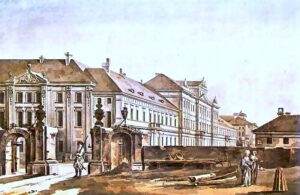
He had several months only to compose the whole curriculum. The decision came in May, and the Collegium Nobilium opened its doors on 1 September 1740 (a significant date for many generations of students). Another thing was that until the spring of 1741, his only student was the son of the provincial governor of Bracław, Ignacy Świdziński. Later, however, the students began flooding in: five, fifteen, and eventually thirty-four. Konarski himself, although in the meantime elevated to the dignity of the Polish provincial (in February 1741), did not apply for another nomination to this religious position. He fully devoted himself to improving the Collegium, allocating his own savings to the construction of its new building at Miodowa Street, in the heart of “Saxon” Warsaw.
The new research facility drew as much from the Roman Piarists as from French schools. Konarski himself, who read and even translated Locke, dreamed of implementing the category of rationality and moderation in education. A lot of Latin – though likely focused on the classics and Ciceronian (the textbook he wrote, Grammatica ad usum iuventutis Scholarum Piarum, superseded the books that had been used for two hundred years, including Alvar’s famous grammar). And the languages of 18th-century Europe: French, but also German, and optionally – Italian. The history of Poland – and a universal history, not only ancient, going almost up to the times of the Piarists! Algebra. Physics. Geometry and the art of fortifications. Additionally, cosmography and “natural history”, without which it was impossible to navigate the seas or introduce reforms to land estates! And for those willing – a two-year course (today we would say – “bachelor’s degree”) in civil law. Fencing. World customs, as well, although in moderation. And theater – it was thanks to Konarski that Racine (whom he willingly translated himself), Corneille, and even Voltaire found their way to stages (albeit those were only in schools for the moment) in Poland and Lithuania!

What was adopted in Warsaw – eventually began to radiate over the entire Republic, especially after the construction of the new building was completed in 1754. It was not without intrigue – another Piarist provincial, Walenty Kamieński, did not approve of educational novelties and was ready to provoke intrigues all the way in Rome. Much (but not all) was solved only after Konarski’s trip to Rome. From the new pope, Benedict XIV, he obtained the appointment of the rector of the Piarist House in Krakow, Cyprian Komorowski, as apostolic inspector, which in the translation of papal dignities into today’s language meant an auditor with very broad competences. Even more important was the papal breve of February 1754, approving detailed regulations and standards regarding the shape of Piarist education – in the vast majority of cases in line with Konarski’s postulates. Stanisław Konarski himself lived in the Collegium building until the end of his life, participated in the development of new programs, directed plays, and what is more – created an original, though completely informal, scholarship system. He partly obtained resources from the Order’s funds, and sent some of the young teachers “out into the world” as tutors of young magnates, creating an ever larger teaching elite.
At the same time, Konarski was considering the possibility of breaking the systemic stalemate. He gained a wider awareness of the direction in which the political system of the Republic of Poland was evolving. One of the first tasks he undertook at the beginning of his career was the development of the “Volumina Legum”, i.e. a collection of Polish legislation from its medieval beginnings, with a historical introduction. In 1730-1739, the Warsaw Piarists published five volumes of “Volumina Legum”, most of them prepared by Stanisław Konarski. What is even more important, after years of efforts and legations in the face of interregnum, more and more acutely aware of the interference of neighboring countries in the internal situation of the Republic of Poland through bribed magnates or noblemen, Konarski proceeded to the fundamental break up and critique of the liberum veto institution.
He had worked on the treaty “On effective advice”, which can be considered a draft reform of the rules of parliament, since the early 1740s. He completed the first editing of the first two volumes by 1752, but he did not publish them until nine years later. Moreover, he did it anonymously. Another thing is that, at least in the circles of the nobility who attended the Seym, it was widely known who the author was. Subsequent volumes (simultaneously in Polish and in German translation) were published in 1762-1763: just in time for the end of the reign of August III Wettin and a time of great excitement in the Republic on the eve of the election of its last king.
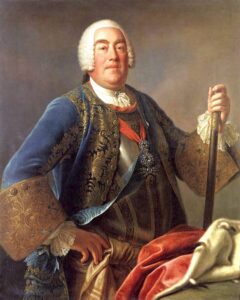
Stanisław Konarski started, as in “Volumina Legum”, with the history of legislation, showing the ineffectiveness of the hitherto measures to prevent the breaking of parliaments and the customary, not statutory, nature of the institution of “liberum veto”. In subsequent volumes, he offered “positive criticism”, showing specific examples of the mechanism of majority voting. Ultimately, he had numerous postulates: calling for parliaments that would make decisions via a majority of votes, creating a government with executive rights (“Permanent Council”), and in separate, minor letters – the abolition of the serfdom of peasants.
In the 1860s, Warsaw was fully subordinated to the decisions of neighboring courts which did not intend to agree to any abolishment of the liberum veto. Under their pressure, Konarski was forced to issue a minor, also anonymous official letter (“Notes of a nobleman over the disposition of neighboring powers towards our parliaments”, 1763), in which he withdrew from the postulate of voting by a majority, postulating unanimity for system changes, mobilization of the army and declaring wars.
Even that failed. Obese, hot-tempered, though jovial, gesticulating, wearing his zucchetto askew (which is part of the habit of rectors and generals in the Piarist order), Konarski did not live long enough to wait for the fundamental reforms made in the Constitution of the Third May in 1791. He did not live long enough to see how his students of the Collegium Nobilium entered politics, engaging on different sides of it, but always well prepared. King Stanisław August was fully aware to whom he owed the rise of the reformers’ party. In 1771, he ordered a medal to be issued in honour of Stanisław Konarski, with the Latin sentence “He dared to be wise” (Sapere auso), and backdated it to the first years of his rule.

The enemies of the Republic did not spare him recognition (albeit in a special way). Stanisław Konarski, who died in August 1773, was buried in the Piarist church on Długa Street, two steps from the Collegium Nobilium, among the most prominent clergymen of the order. However, when in 1834 the Russian invaders took over the Piarist church by force, turning it into a garrison church – they ordered the remains of the Piarists buried there to be buried in secret, under the alleys of the communal cemetery in Powązki, where today the monk is memorized by a green marble slab.
From the devastated catafalque, the friars managed to save… a heart that was buried separately. For nearly half a century, the silver can with Konarski’s heart inside passed from hand to hand in deep secret. It was only in 1882, that a pious Jew and Polish patriot, one of the pioneers of photography and optics in Poland, Jakub Pik, managed to smuggle it into the Austrian partition, where the Krakow Piarists embedded it in the wall of the Saint John church. Collegiality is great, but sometimes it takes a single determined individual to take matters into their own hands to bring a complicated undertaking to its end.
Author: Wojciech Stanisławski
Transation: Alicja Rose & Jessica Sirotin

